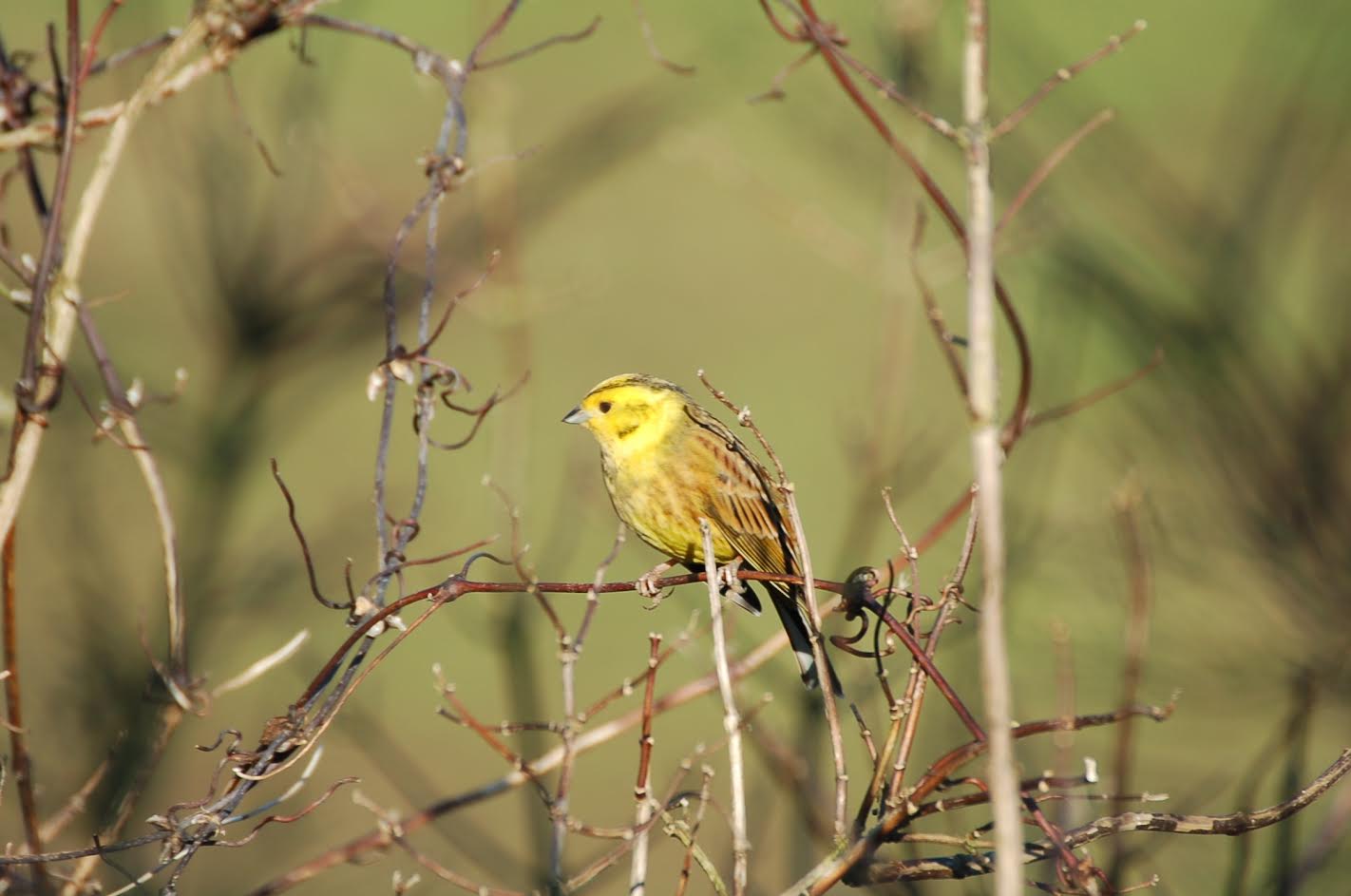
The Game & Wildlife Conservation Trust is to release a unique software programme that makes it easier for farmers to record and access long-term farmland bird data.
The Big Farmland Bird Count (BFBC) takes place between the 3rd February to 12th February, and it will see farmers and landowners across the country count birds they see on their land.
Farmers are crucial to the survival of many farmland bird species and the BFBC is an opportunity to demonstrate the positive effect of farmland management.
Jim Egan from the Game & Wildlife Conservation Trust, sees this new software programme as a 'huge advancement' for all future wildlife surveys.
He said: “For the first time, farmers, gamekeepers and others taking part in the survey will have access to their own personal long-term data on the birds they have counted on their land. It also means that in future years they will be able to monitor trends, giving them a better understanding of what conservation measures they need to implement to help their farmland birds.
“We are really thrilled with this innovation and feel that it will help farmers to become even more engaged in looking after their farmland birds in the future.”
NotaZone software
NotaZone software was originally developed as a record-keeping and information management tool for farmers and food processors and has been specially adapted for this important annual farmland bird count.
As well as having a long-term record of the birds that have been recorded, the new software (which is free to all those taking part and works on smartphones, laptops and desktops), enables users to access detailed hints and tips on the specialised conservation needs of individual bird species recorded during the count.
More detailed information sheets on 60 different species will also be available to all those taking part in the count.
Mr Egan continued: “Having immediate feedback through the software means that land managers can make really targeted changes to help their threatened birds, such as putting up nest boxes in the right place, providing over-winter feeding sites or creating ideal nesting conditions.”
Over 970 farmers took part in the Big Farmland Bird Count 2016, recording 130 species of birds across approximately 900,000 acres. This year the GWCT is aiming to double the number of people taking part.
